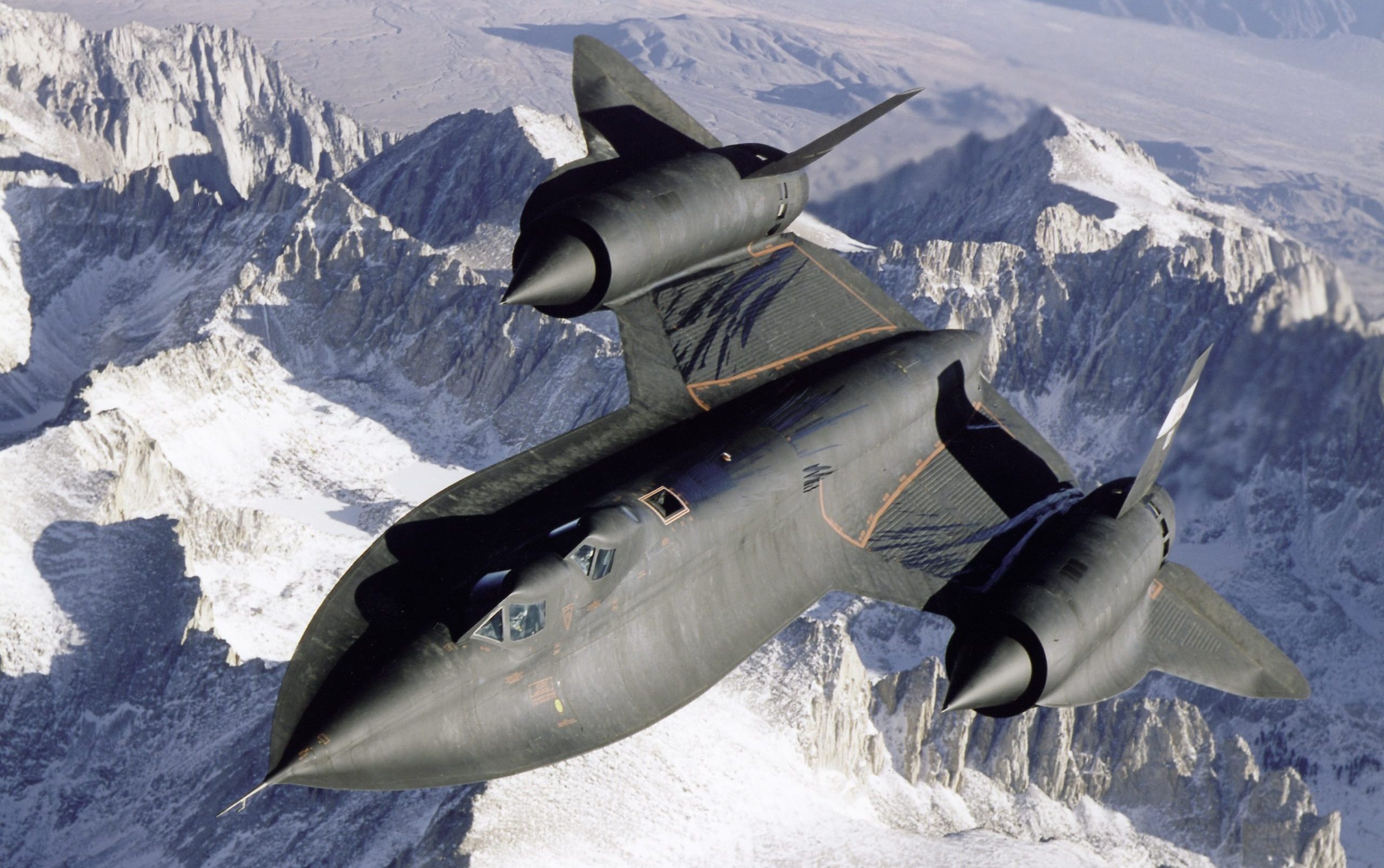Top Gun – Without the Hollywood Wardrobe
As the movie Top Gun: Maverick has shot to the top of theatre attendance in the U.S., at Inventus Law we are pleased to represent a company that has done the real thing – trains US and allied Navies and Air Forces fighter pilots in the sky and on warships. This isn’t surprising for an aviation company whose logo is a bird with its tail in flames (a phoenix). Randy Davis is the general counsel and an active pilot in Phoenix Air Group, based in the US State of Georgia <https://phoenixair.com/military-operations/>. Over the past couple of decades Randy has flown dozens of training missions over the Atlantic, the Gulf of Mexico and the Pacific Ocean, with young trainees attempting to lock their sights and electronic beams onto the jets that Randy has been elusively flying. We recently asked him about the movie.
Question: Please tell us a bit about Phoenix Air Group, what it does, etc.
Answer: At Phoenix Air, our “tactical” government contracts, over the years, have been primarily involved in the following areas:
* Training USAF/Air National Guard pilots how to deal with EW (electronic warfare) tactics that a state-of-the-art enemy would be expected to use against them.
* Training US Navy personnel onboard ships (such as AEGIS Destroyers and Cruisers, whose job includes protecting the fleet and often an aircraft carrier somewhere in the middle of the flotilla) how to deal with electronic warfare tactics and towing targets toward a boat (simulating Exocet type missiles) that an enemy would be expected to use them, including operating out of various US Navy bases, including in California (see below).
* Training various Allied air forces and navies in the above (including flying in close formation with Canadian F-18s who were protecting Parliament Hill in Ottawa when I was participating in flying related to a “simulated terrorist attack”).
In regard to the above type of tactical work, Phoenix Air flies specially-equipped Learjets with EW pods, target dispensers/tow reels, etc. attached underneath the wings. Learjets operated by a contractor have been found to be much less expensive and more reliable to operate than actual Navy aircraft. Also, military pilots really do not wish to do this type of work (“pretending that they are the enemy”), so it is well-suited for a contractor such as Phoenix Air.
As General Counsel and someone who spent his professional youth as a litigator (primarily in aviation matters), I appreciate the opportunity not to have to spend all of my time in the office. I find that flying missions a few times each month helps my overall outlook and workflow. I am also grateful to Phoenix Air for permitting its GC to fly missions (not all aviation companies do that) and for the variety of missions I have been able to fly. These have included flying special missions in Learjets and Gulfstreams throughout the world, transporting: explosives; air ambulance of patients to needed medical care, including those with Ebola or COVID; porpoises, penguins and other show animals; a long-dead Catholic saint out on a world tour; disaster relief responses on 9/11; one of the last Nazis allegedly hiding out in the USA; and mock terrorist aircraft heading toward a sensitive target, etc.
Question: While most Hollywood movies, including this one of course, have unrealistic scenes and aspects, which of the exciting aviation elements in this movie are actually pretty realistic?
Answer: As to the more realistic footage in the movie, I would include the following: the activity on the carrier decks (takeoffs, landings, deck crew coordination – which is highly important and very well-orchestrated); airborne formation footage (we also fly formation with our own aircraft, as well as with military aircraft, including F18s, depending upon the mission); some of the airborne tactical terminology such as “FIGHTS ON,” “KNOCK IT OFF,” and “HARD DECK”; use of certain California Navy/USMC bases such as North Island NAS (well-located on Coronado Island — where I stay at the Hotel Del when personally flying missions there, and have breakfast on the beach watching arriving F-18s — a great way to start a mission day — at company expense of course, not government); MCAS Miramar; NAS Pt. Mugu; NAS Lemoore; NAS Jacksonville, NAS Norfolk, NAS Oceana, among others; pulling relatively severe amounts of Gs; dealing with a range controller during training missions (ranges are in many places, including just west of San Diego and LA, as well inland in the desert near China Lake); using UHF military radios (which all of our Learjets have); Ejection events leading to injury or death (only in fighters, we do not have those in Learjets).
Question: There would undoubtedly be a much longer list of the scenes and aspects of Top Gun: Maverick that are wildly unrealistic; which of them jumps out at you as being most absurdly unrealistic?
Answer: The more unrealistic aspects would include Navy pilots flying around without always wearing their oxygen/communication masks securely on their faces; (The directors of films understandably wish to show the faces of their actors as much as possible, but in real life, they would virtually never have their masks hanging off to the side); successfully bombing a highly protected nuclear site without a laser designator and iron sights only; insubordination by flying Navy aircraft and into a Navy range without authorization; driving a motorcycle down an active Navy taxiway or runway; routinely doing calisthenics under one’s aircraft; an engine failure on final approach to an aircraft carrier (but that involved a stolen enemy F-14, so who knows what its supposed condition was?).
Question: Do you ever ease up when flying a target plane so that the trainee pilot can score a hit, so as not to feel discouraged?
Answer: No, whether involving a trainee pilot or trainee defensive personnel on board a boat, one does not let up.









